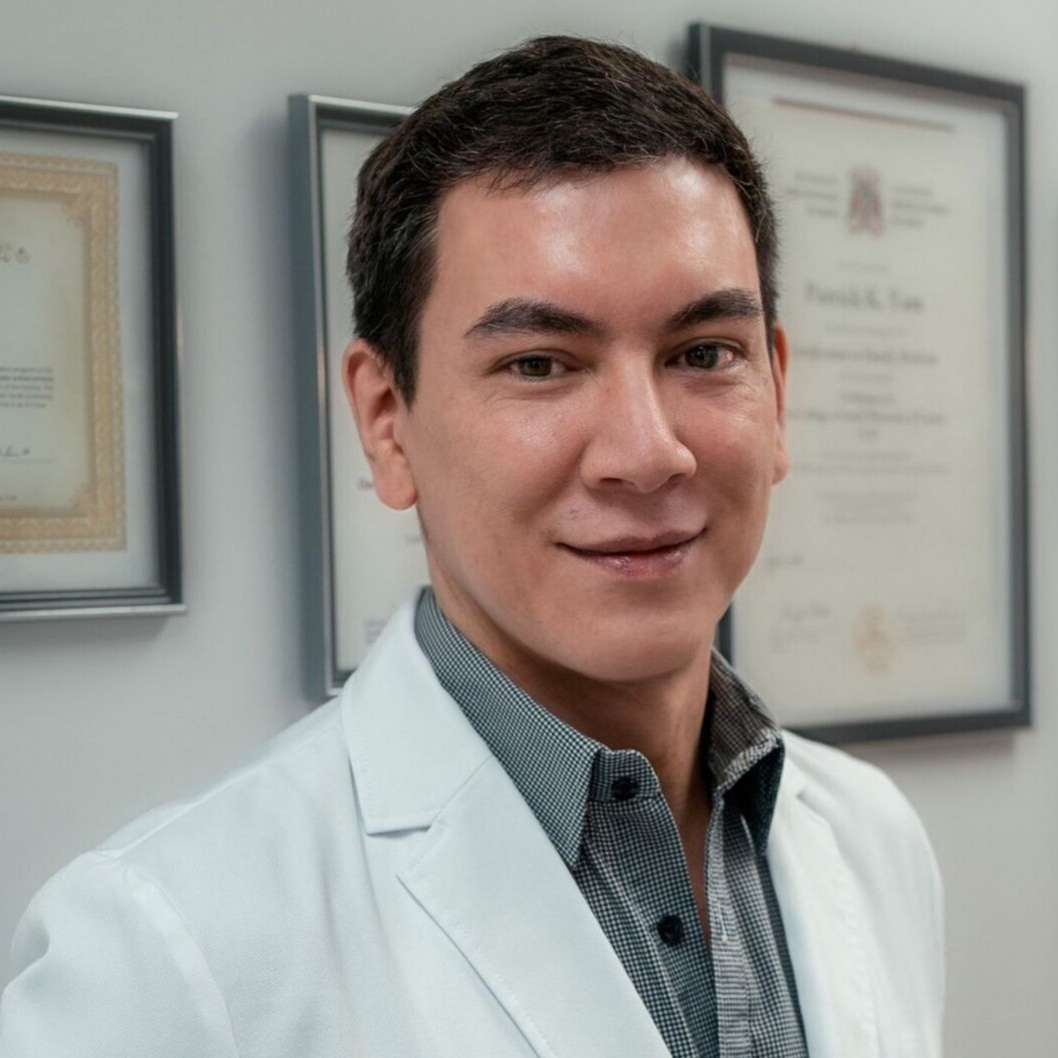GO BACK
IMCAS Asia 2025
IMCAS Asia 2025
Program
Contributed Talks - Regenerative medicine
Room: Room 6 - Level 3
Date: Sunday 8 June 2025 at 14:00 to 16:00
Format: CONTRIBUTED TALKS > session made up of abstract submissions that were carefully reviewed and selected by the Scientific Board
Date: Sunday 8 June 2025 at 14:00 to 16:00
Format: CONTRIBUTED TALKS > session made up of abstract submissions that were carefully reviewed and selected by the Scientific Board
Lectures of the session
| Hours | Speakers | Lecture title | Abstract | Number |
| 14:00 | The efficacy of PRP injection on the healing of thyroidectomy wound: a randomized, single blind prospective study | View | 147216 | |
| 14:10 | PRP for erectile dysfunction: where are we now? | View | 147217 | |
| 14:20 | Innovative skin aging solutions: the synergistic effects of PRP and PRF with BAP injection technique | View | 147218 | |
| 14:30 | How to achieve centenarian longevity with gene and advance hybrid therapy in clinical practice | View | 147220 | |
| 14:40 | Exploring the role of probiotic-derived exosome in restoring skin barrier and dermal remodelling in sensitive pigmented skin | View | 147221 | |
| 14:50 | A comparative study on fractional radiofrequency microneedling with and without platelet-derived exosomes for the management of under eye dark circles | View | 147222 | |
| 15:00 | Exosomes and nano fat transfer in the treatment of melasma: a good alternative | View | 147223 | |
| 15:10 | From fibroblast activation to tissue remodeling: the science of skin renewal | View | 147219 | |
| 15:20 | Genetic profiling in weight loss interventions: advancing personalised solutions for health and aesthetic outcomes | View | 147226 | |
| 15:50 | Q&A | 147227 | ||














